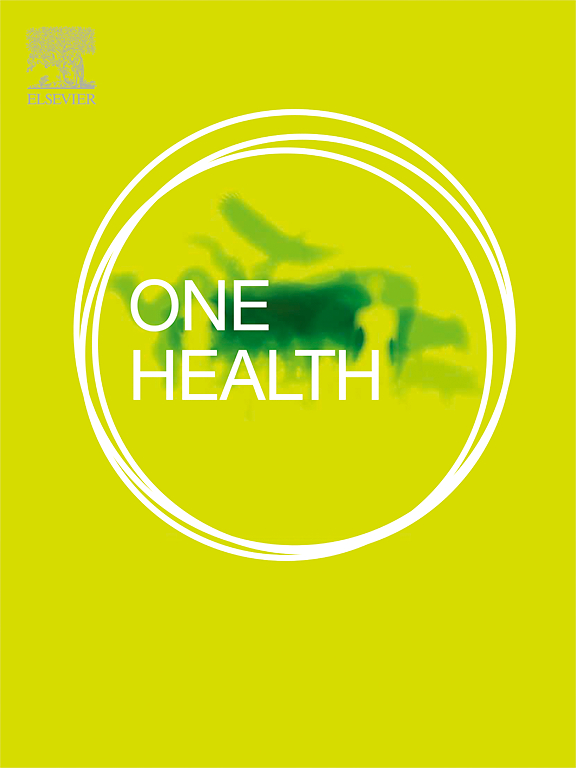Communication channel preference for raising rabies awareness among dog owners in Thailand: A nationwide study
IF 4.1
2区 医学
Q1 INFECTIOUS DISEASES
引用次数: 0
Abstract
Rabies is a severe zoonotic disease with potentially fatal consequences. Effective communication channels are crucial for disseminating key rabies prevention and control messages to target populations. This study examined how dog owners' demographic factors influenced communication channels in Thailand. We distributed a questionnaire survey to retrieve general demographic data of participants and the ranks of their communication channels. We used the mean ranking score to assess the most accessible and commonly used platforms. Univariate and multiple logistic regression methods were used to determine the association between each demographic feature and the preference for communication. In total, 476 participants were involved across all regions of Thailand. Village health volunteers represented the most selected channel, as identified by the mean ranking (3.32), followed by public loudspeaker (3.30) and television (2.93). Age, occupation, region, and cat ownership significantly influenced how people chose the channels. Moreover, farmers likely received information from various sources, and elderly individuals generally preferred to receive information about rabies from administrative authorities, such as village heads. These results can benefit policymakers aiming to enhance communication strategies in public health. This study enhances rabies risk communication and aligns with global health initiatives to eliminate dog-mediated rabies by 2030.
泰国养狗者对提高狂犬病意识的沟通渠道偏好:一项全国性研究。
狂犬病是一种严重的人畜共患疾病,具有潜在的致命后果。有效的沟通渠道对于向目标人群传播关键的狂犬病预防和控制信息至关重要。本研究考察了泰国养狗者的人口统计学因素如何影响沟通渠道。我们发放了一份问卷调查,以获取参与者的一般人口统计数据和他们沟通渠道的等级。我们使用平均排名分数来评估最容易访问和最常用的平台。使用单变量和多元逻辑回归方法来确定每个人口统计特征与沟通偏好之间的关联。总共有476名参与者参与了泰国所有地区。根据平均排名(3.32),村卫生志愿者代表了被选择最多的渠道,其次是公共扬声器(3.30)和电视(2.93)。年龄、职业、地区和养猫对人们选择频道的方式有显著影响。此外,农民可能从各种来源获得信息,老年人通常更愿意从行政当局(如村长)获得有关狂犬病的信息。这些结果可以使旨在加强公共卫生传播战略的决策者受益。这项研究加强了狂犬病风险沟通,并与到2030年消除犬类狂犬病的全球卫生倡议保持一致。
本文章由计算机程序翻译,如有差异,请以英文原文为准。
求助全文
约1分钟内获得全文
求助全文
来源期刊

One Health
Medicine-Infectious Diseases
CiteScore
8.10
自引率
4.00%
发文量
95
审稿时长
18 weeks
期刊介绍:
One Health - a Gold Open Access journal.
The mission of One Health is to provide a platform for rapid communication of high quality scientific knowledge on inter- and intra-species pathogen transmission, bringing together leading experts in virology, bacteriology, parasitology, mycology, vectors and vector-borne diseases, tropical health, veterinary sciences, pathology, immunology, food safety, mathematical modelling, epidemiology, public health research and emergency preparedness. As a Gold Open Access journal, a fee is payable on acceptance of the paper. Please see the Guide for Authors for more information.
Submissions to the following categories are welcome:
Virology,
Bacteriology,
Parasitology,
Mycology,
Vectors and vector-borne diseases,
Co-infections and co-morbidities,
Disease spatial surveillance,
Modelling,
Tropical Health,
Discovery,
Ecosystem Health,
Public Health.
 求助内容:
求助内容: 应助结果提醒方式:
应助结果提醒方式:


